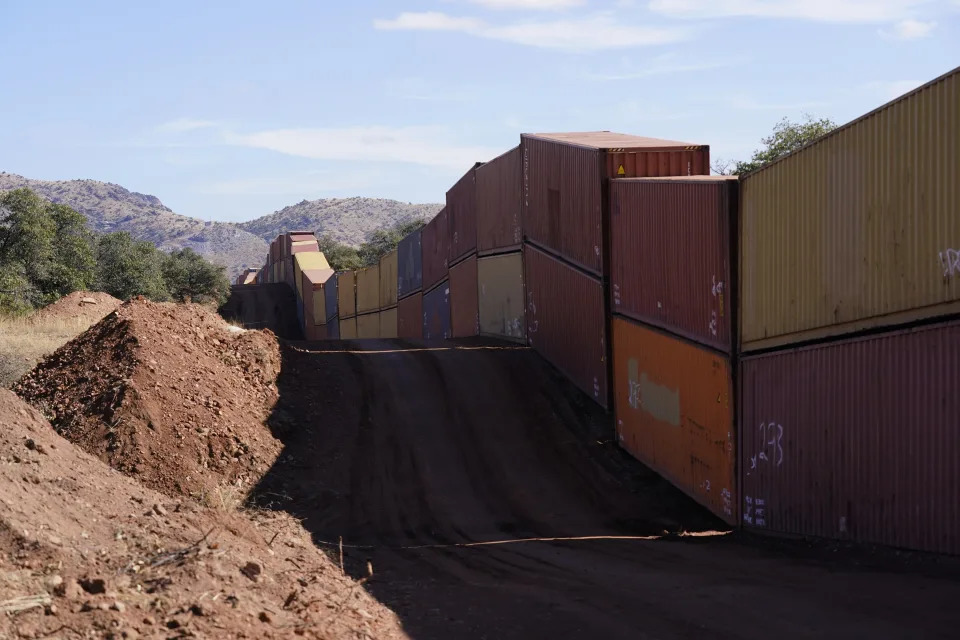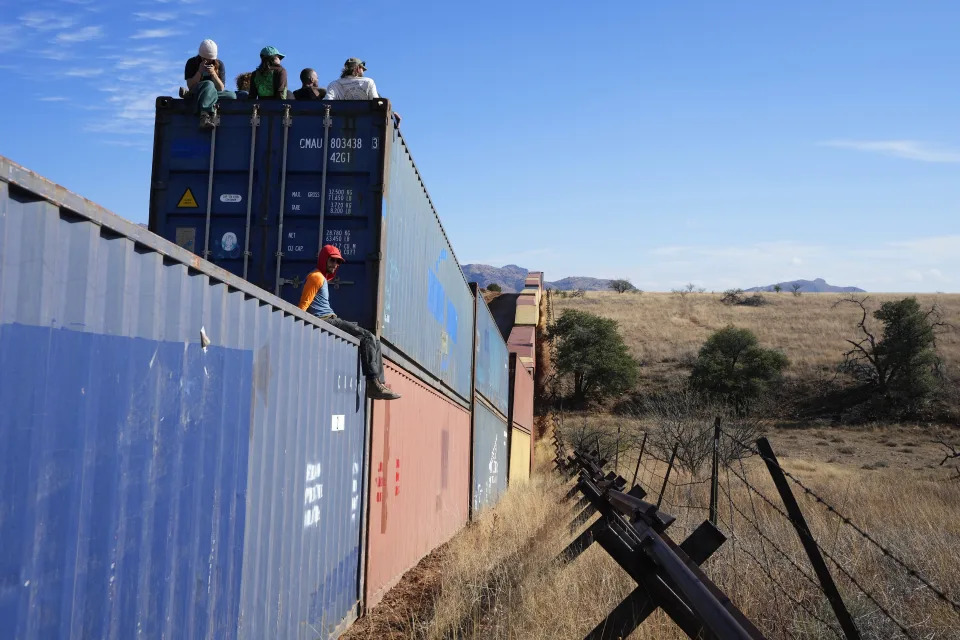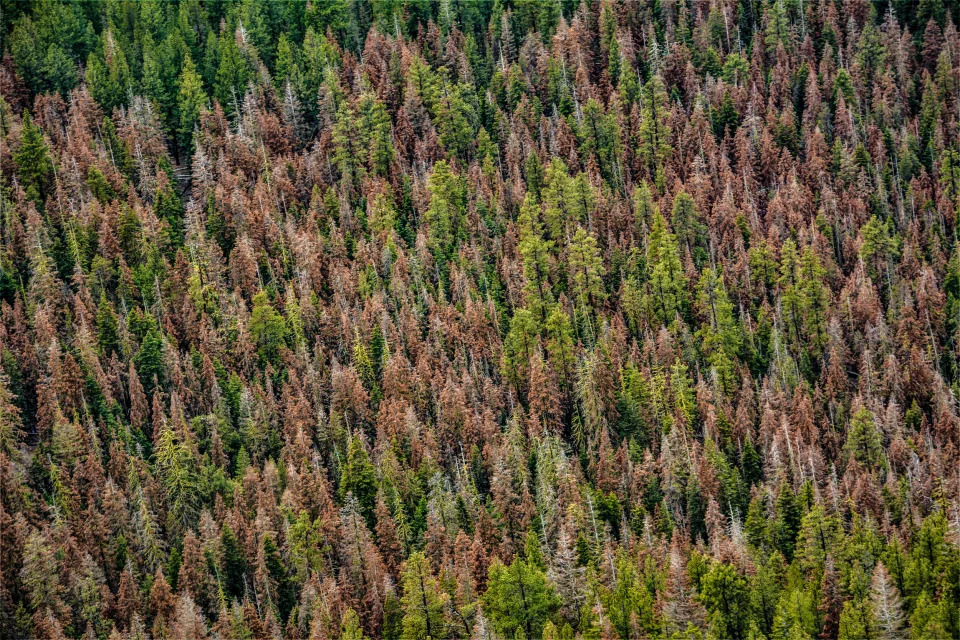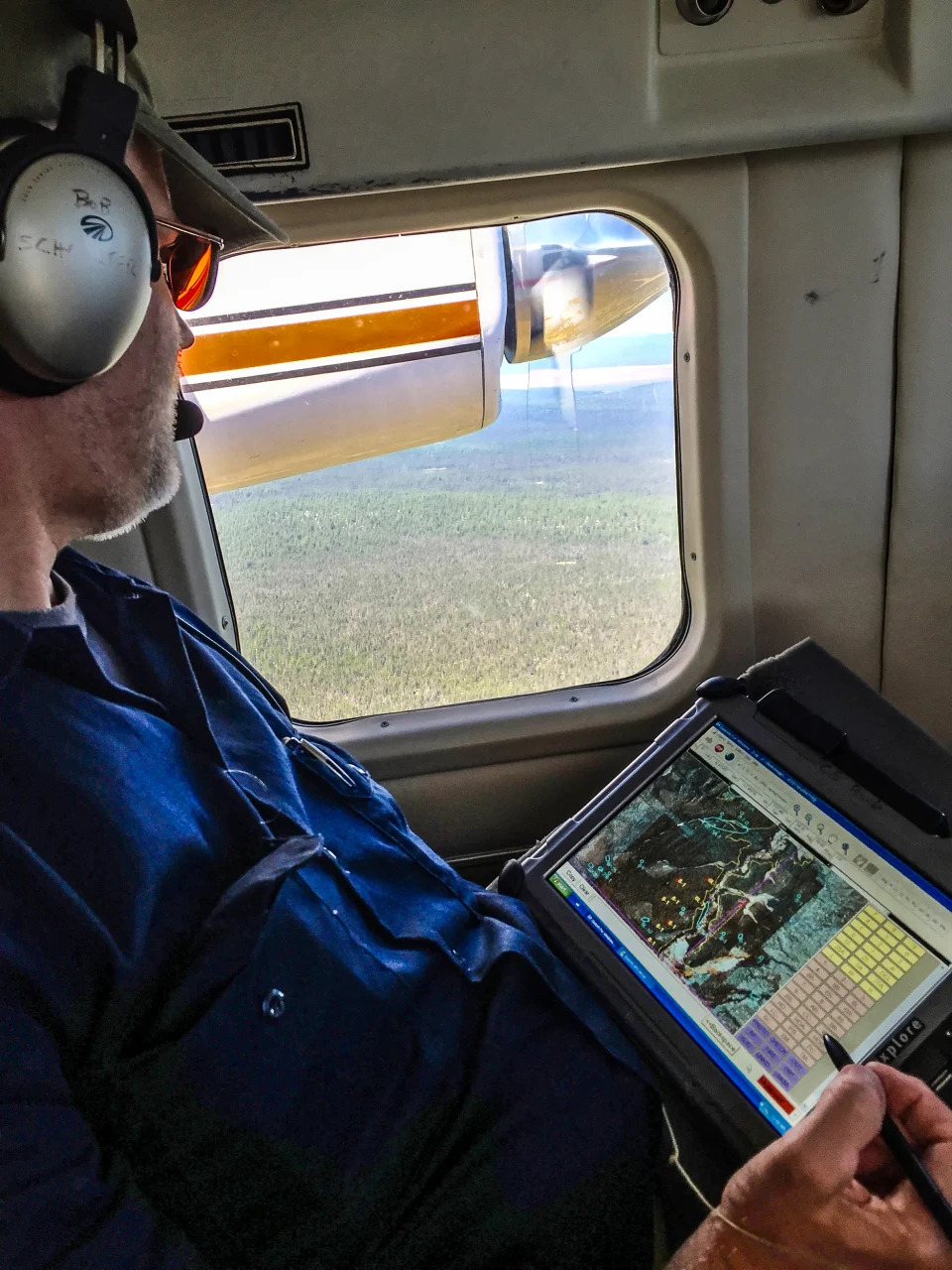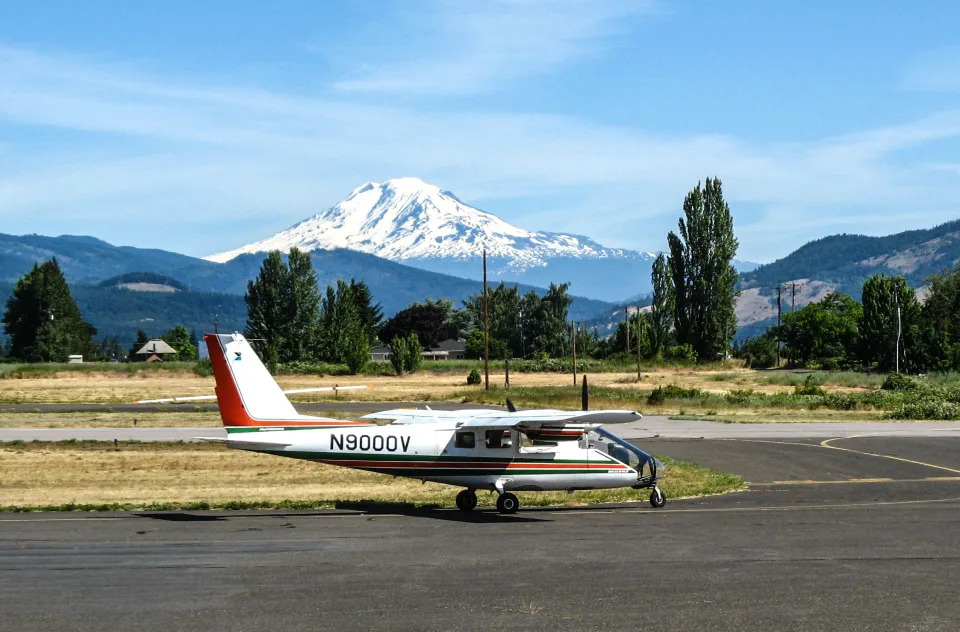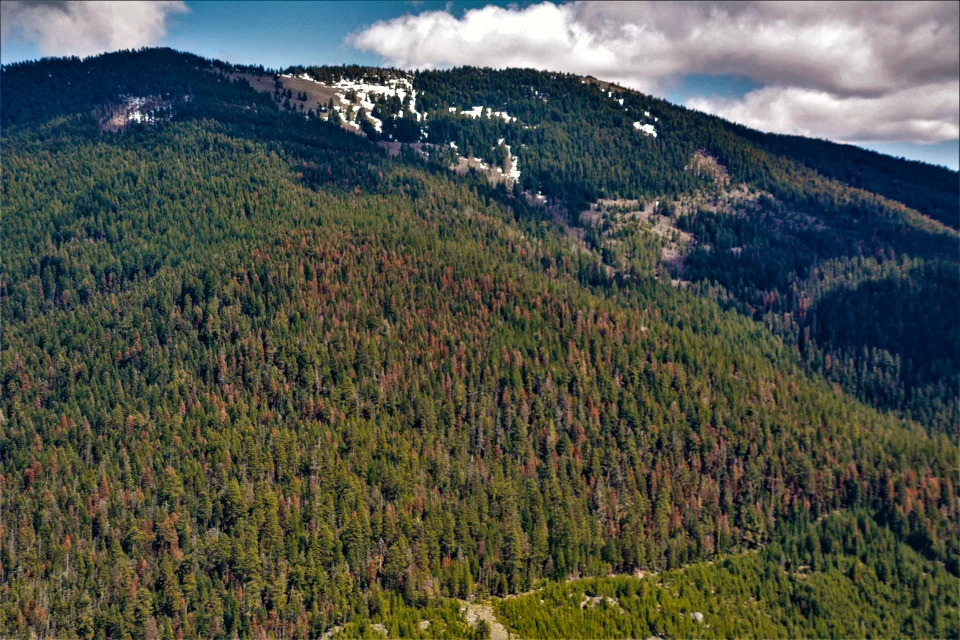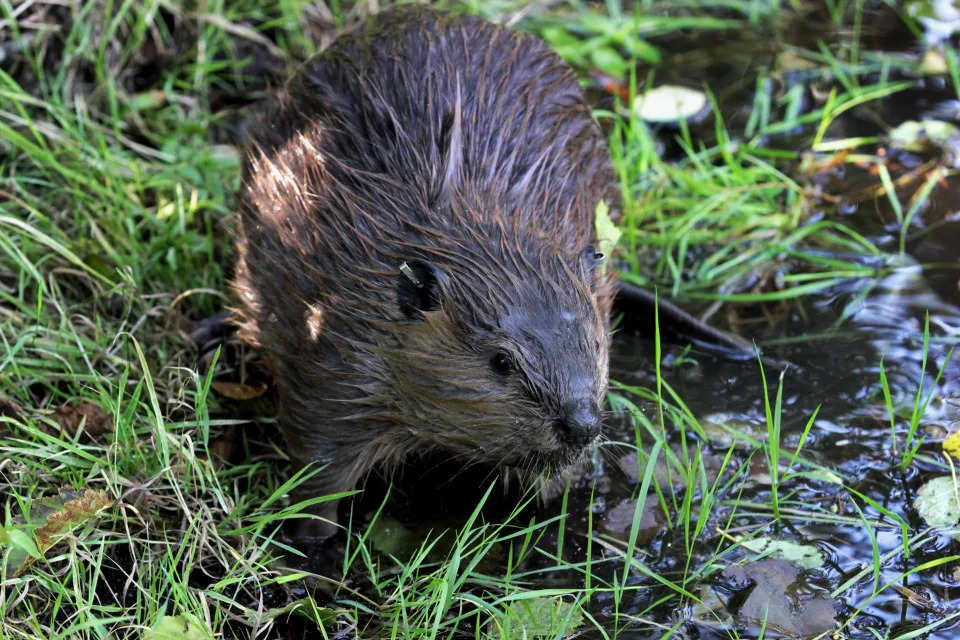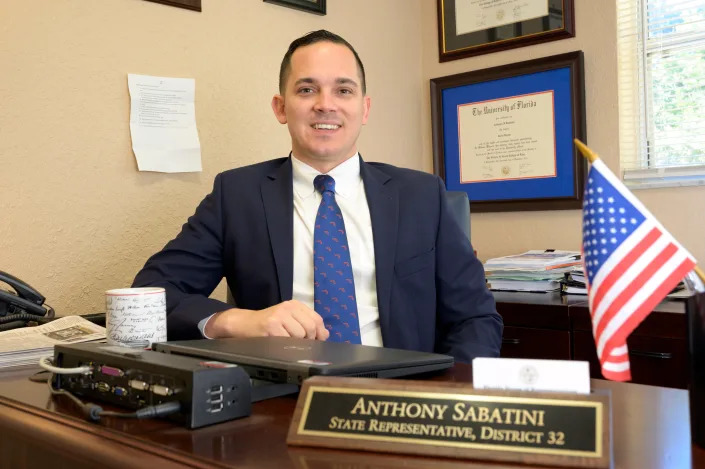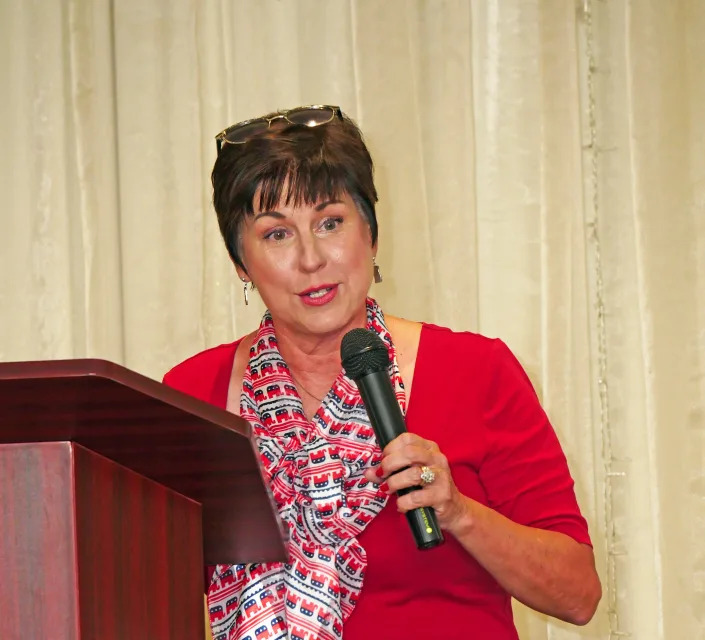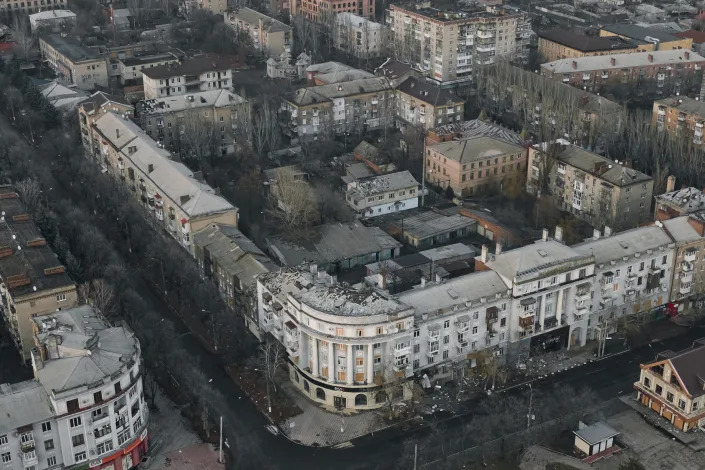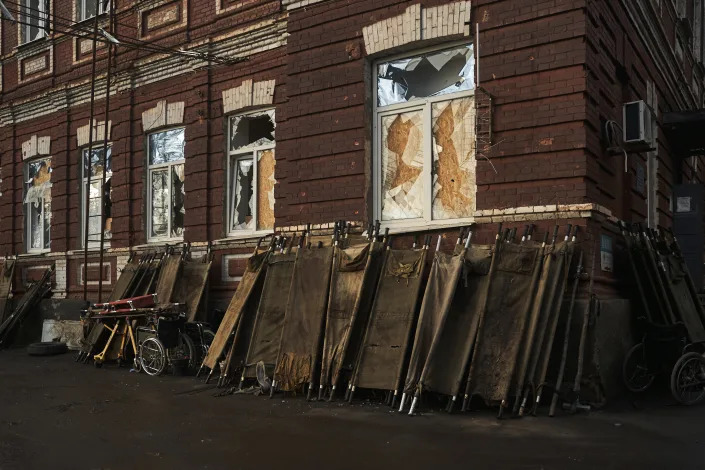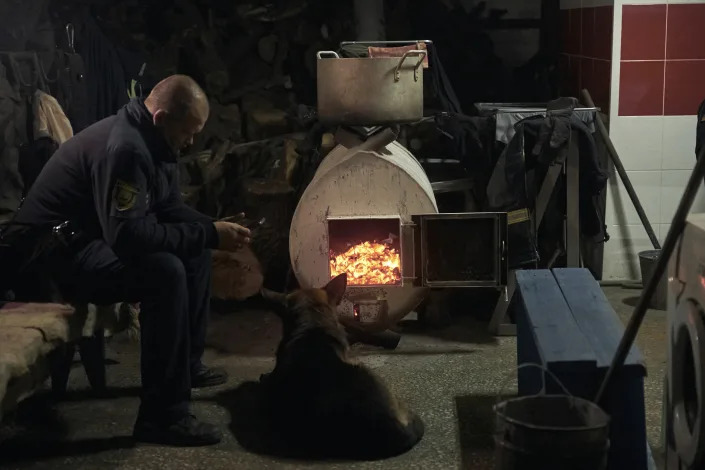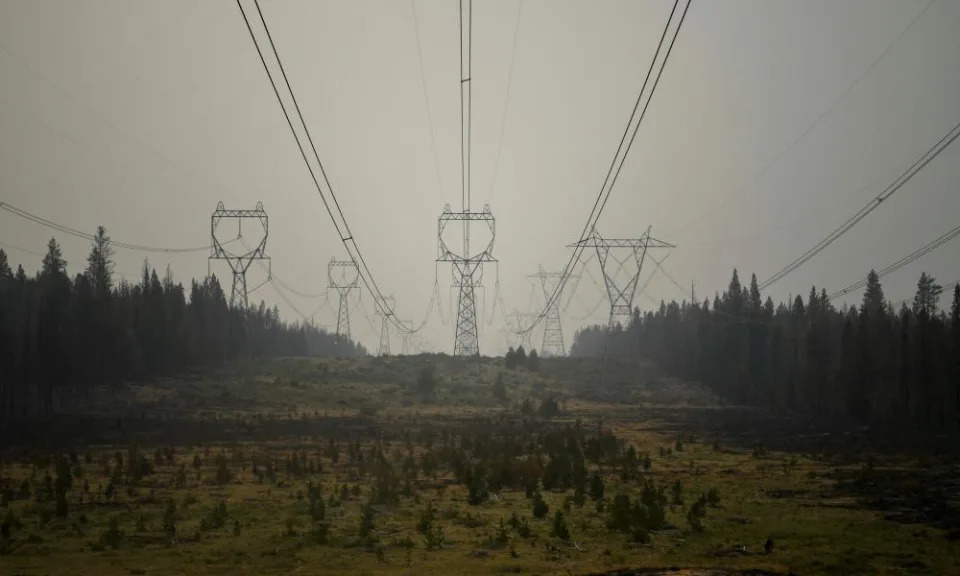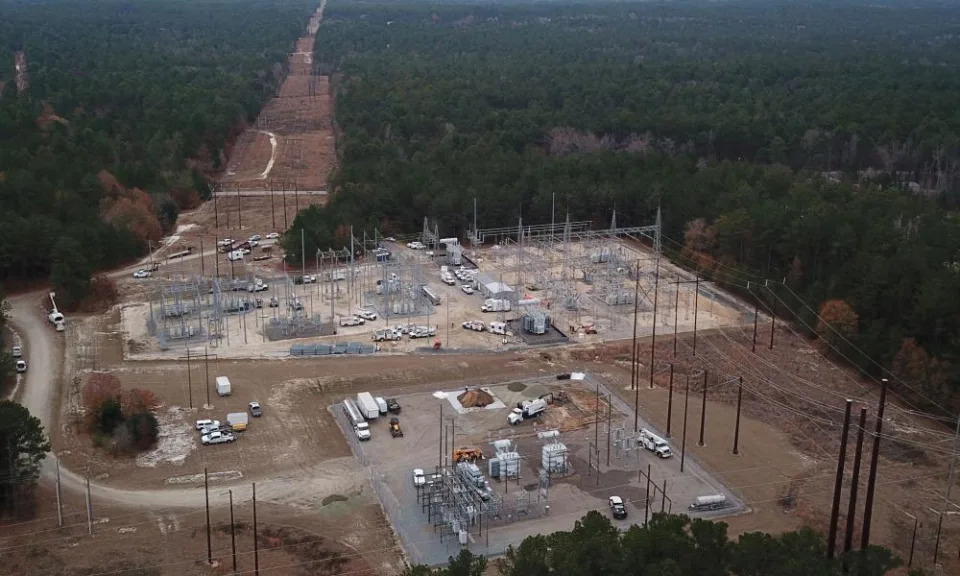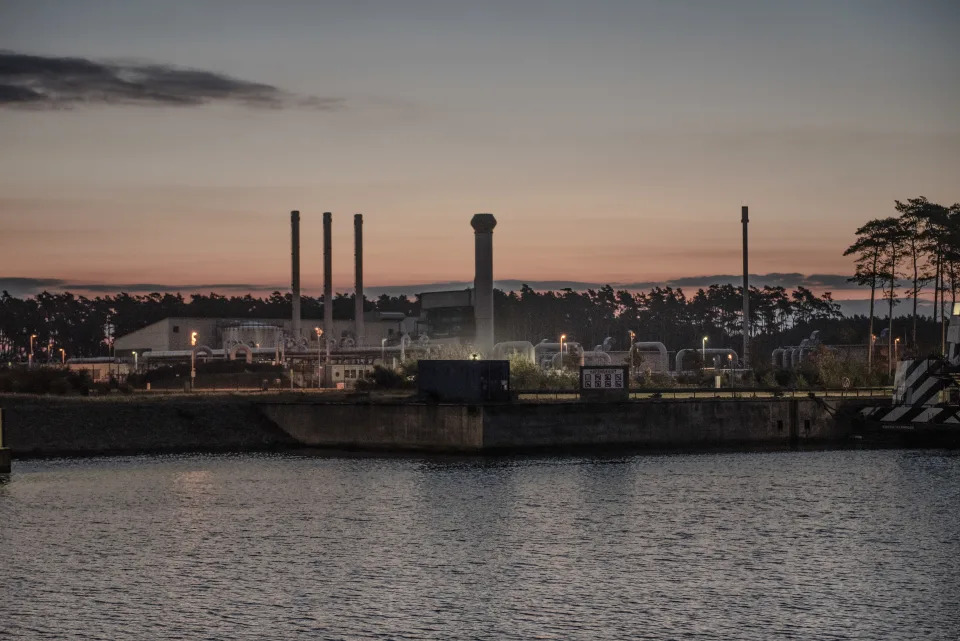The New York Times
Wish You Were Here. Ignore the Floods and Fires.
Lydia DePillis – December 11, 2022
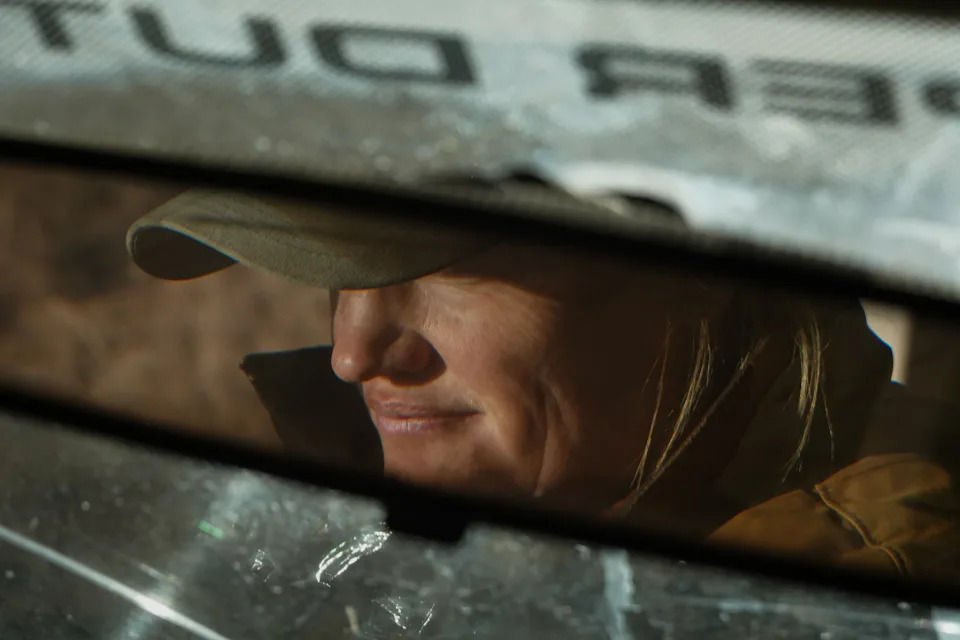
Rock Ulibarri had a vision for his ancestral homestead nestled in a canyon in the mountains of northeast New Mexico: Open it up to tourists, who would pay for pit-smoked pork, mountain bike tours of the craggy terrain and works by local artisans.
He wanted to build the sort of business that could raise local income levels and help rural residents stay on their land, rather than sell to outsiders. That aligned with the state’s plans, too: The governor had created a division in her economic development department to promote outdoor recreation.
So Ulibarri started building campsites and a small guesthouse, even retrofitting the one-room cabin where his father was born. Early this year, he was ready to book a summer of visits.
Then, on an April day with blistering winds following months of only trace rainfall, the mountain went up in flames.
Ulibarri and his partner, Becky Schaller, held out as long as they could, even as the electricity failed and smoke clouded the sky. When the winds turned in their direction and they saw the blaze creeping over the mountain, they loaded up their goats, dogs, horses and parrots into a big trailer and drove slowly down to safety.
Surveying the damage later, they saw their buildings had been spared, but the trees on the ridges were gone — along with the fences they needed to confine their animals, and the trails in the surrounding forest they were counting on for bikers and hikers. Also, the river was running inky black with ash. A year’s worth of food in their freezer had perished. And the business plan was on ice.

By the end of the season, they were able to host one group, and they plan to try again next year. But Ulibarri wonders whether the business model he’d hoped his neighbors could emulate is viable. Even before the fires, he noticed less snow on the mountains and fewer fish in dwindling streams. For years, fire managers had suppressed natural blazes, so there’s still plenty of timber left to burn again.
“Climate change does scare me, a lot, because we really don’t know what it’s going to look like, you know?” he said. “Just what I’ve seen so far in my lifetime, the changes are incredible.”
The changes are indeed incredible. So are the costs.
The study of how climate change affects economies is still relatively nascent, but evolving fast. Economists are grappling with bigger shocks than even scientists had anticipated, in the form of catastrophic events like hurricanes and wildfires, as well as the slow, creeping influence of drought, extreme heat and rising sea levels.
Unlike its neighbors to the east and west, New Mexico is tackling the economic challenge head-on, passing legislation and funding programs to mitigate the effects of climate change. Complicating that effort: The state’s primary taxpayer, the oil and gas industry, is also the main source of the disruption.
For that reason, New Mexico faces what economists call “physical risk” and “transition risk”: the financial damages of extreme weather and shifting temperatures, and the damage caused by doing something about it. To offset those risks, the state is working to diversify into other industries. The problem is, some of those that offer the most potential are vulnerable to climate change themselves.
“In looking for alternatives to extraction as ways to fuel New Mexico’s economy, the two that always jump out most immediately are tourism or outdoor recreation and agriculture,” said Kelly O’Donnell, an economic consultant. “And obviously those are two of the industries that very likely will suffer extreme damage from fires, floods and drought.”
Getting ‘Hit Over and Over’
The days before the fire carried a sense of foreboding — different, Phoebe Suina remembers, from years past. She had dealt with the aftermath of many blazes before, as an environmental engineer who helps communities respond to natural disaster. This time, it had barely rained in the northern part of the state in months, the snowpack was already gone, humidity was minimal and the winds were so intense that it was hard to walk outside.
“This April, I remember having that sinking feeling — how I can explain it in English is, all the elements of a major imbalance were occurring,” Suina said. “And it wasn’t going to be a one-time thing. We have to figure out how we’re going to survive.”
The Hermit’s Peak and Calf Canyon fires started in April, after the U.S. Forest Service conducted what was supposed to have been a controlled burn to thin the dense undergrowth. High winds whipped both fires into a megacomplex that ultimately torched 342,000 acres across three counties, and wasn’t fully controlled until mid-August.
Then came the flooding. With no trees to hold back the mountains, monsoon season sent rivers of sediment coursing through the gullies, spilling over roads and onto the homes below. Irrigation channels have been filled with dirt and rocks, but there’s no point in dredging them until the deluges stop.
Michael Maes’ home in Mora, an Edenic valley town a few canyons away from Ulibarri’s place, stands right in the path of this water. At one point, it rose to his waist, and even after clearing out all the mud, he had to scramble repeatedly to channel fresh flooding around the structure instead of through it. Water pressure has remained low, so he’s had to carry buckets around just to flush toilets.
“We just get hit over and over,” Maes said. All of that work kept him from his day job, cutting hair about 40 minutes down the valley, and drained his savings. Every time the sky darkens, he keeps in touch with friends on a text chain, dreading the wreckage that follows. “There’s a cloud that rolls over, all of a sudden,” he said, and the question is: “Who’s going to get it today?”
Because the U.S. Forest Service took responsibility for the fire, it is footing the bill for reconstruction and compensating those who suffered financial losses with an aid package worth $2.5 billion. Eventually, if people are able to prove their claims — a complicated endeavor in a place where property ownership often isn’t fully documented — they should be made whole. Meanwhile, the White House is asking for $2.9 billion more, as part of a $37 billion package for victims of the year’s natural disasters across the country.
In New Mexico, the physical risk from climate change comes in two forms. One is the creeping loss of prosperity brought on by prolonged drought, which in the Mora area had already completely dried up the system of ditches that had irrigated crops and watered cattle for generations. Catastrophic fire exemplifies the other kind: a destructive event that vaporizes assets all at once.
Mora County, population 4,200, has seen both. Long sustained by small-scale agriculture and logging, local nonprofits had been working to develop a tourism economy. They were building up a social media presence, and one group even talked to film studios drawn by the sweeping views and ranches that seem right out of the Old West.
The vision is to become something more like Colorado, where the Commerce Department reported that outdoor recreation generated $6.1 billion in salaries in 2021; New Mexico brought in only $1.2 billion.
This year, rather than promote economic development, Mora officials tried to just keep people alive and restore what they had lost. Airbnbs burned alongside primary residences, the few hotels filled up with reconstruction workers and the landscape was left so scarred that film studios would have to rewrite their scripts.
In Taos, Awaiting Disaster
On the other side of the mountain from Mora, Taos has been watching closely.
Although the fires never reached the posh ski town or its magnificent surroundings, Sanjay Poovadan, a real estate broker and landlord, saw the fires’ effect immediately in bookings of his rental properties. “People said, ‘We hear there’s a fire in the Hermit’s Peak area, and it’s near Taos, so we’re canceling; we don’t want to be breathing that air,’” Poovadan recalled. “And, of course, why do you come to northern New Mexico? Because you get clean air.”
That kind of hit is particularly hard for the outdoor economy, given its seasonality — a forest that’s closed for one month can wipe out one-third of a business’ profits.
A direct hit from a wildfire would multiply that effect many times over. And although there’s more forest-thinning activity around Taos than there had been around Mora — in part because of a billion-dollar effort led by the Nature Conservancy — the task is so vast that a major fire seems inevitable.
In an explicit acknowledgment of the risk, the city has devoted $10,000 of the revenue from its lodgers tax — which by statute has to fund tourism promotion — for forest restoration. “We’re making the argument that if the fire had come over to our side of the mountain, we would’ve had no tourism at all,” Mayor Pascualito Maestas said.
The Taos Ski Valley, a resort that’s been operating since the 1950s, is at a relatively high elevation and says it has more snow than other increasingly desperate ski areas across the West. But it hasn’t been unscathed: Last year, a freak windstorm took out a huge swath of mature trees, as if mowing the lawn.
Regardless of whether another fire erupts, climate change has already made living in Taos more difficult, and more expensive. Air conditioning is now needed to stay comfortable in the summer, and home insurance premiums are skyrocketing, given the likelihood of having to rebuild a burned home. Meanwhile, Taos’ relative isolation and lack of other disasters like hurricanes has attracted a new influx of high-income, part-time residents who have created a housing crunch for locals.
Poovadan sees both sides of that squeeze. He worries that when a big fire does come, the most harmed will be those with no other place to go.
“The folks who can afford to leave will leave,” Poovadan said. “And the people here will be picking up the pieces.”
From Drought to Flood
The extremes that increasingly characterize New Mexico’s climate are even harder to deal with when you don’t know when they’ll arrive. That especially applies to water: There’s not enough, except for when there’s too much.
Consider Nick Baefsky and Amy Wright, who have more food than they need for the number of mouths they have to feed. Six months ago, they had the opposite problem.
The couple, who manage cattle on a 96,000-acre ranch on a vast plain beneath the mountains that burned over the summer, had to sell 10% of their hundreds of cow-calf pairs in the spring. Rains hadn’t arrived to green up the fields, and brutal winds sheared off the grass left standing, so there wasn’t enough for them to eat.
“It felt like it was the worst it could be,” said Wright, relaxing after a long day fixing fences. They kept checking the weather forecasts but couldn’t see a safe path through to the rainy season.
The other snag: Despite investing in pipes and troughs to supplement natural watering holes, some of the 40 wells that the ranch has to keep the cows hydrated are producing less water, as the aquifers beneath them dry up. “Even if there was good grass, if you can’t water them, you can’t run them,” Baefsky said.
Then, at the end of June, it started raining. And raining. At that point, they could easily have supported the extra cattle. But buying them back is expensive.
Not everyone is so much at the mercy of rain. Some farmers of high-value cash crops have more control over their water supply, through deep aquifers and rights to divert from the state’s major rivers. They have figured out ways to maintain their yields.
Expansive pecan groves, whose owners drilled deep wells in the 1950s and which produce more of the nuts than any state save Georgia, would pay any price to avoid having to rip out their trees. Farmers of New Mexico’s iconic chiles, under pressure from drought, have invested in technology to get more from less acreage.
There are limits to even that degree of control, however.
Mike Hamman, the state engineer, is in charge of maximizing the water supply when nearly all of it is spoken for and the total pool is shrinking. After years of increasing efficiency, returns are diminishing.
“I would say we’ve squeezed that sponge out pretty good by now,” Hamman said.
What Climate Change Costs
The fires in the spring are just a snapshot of climate change’s economic impact in one year, in one corner of the state. To add it all up beyond that is a daunting task, but there have been attempts.
In 2009, Ernie Niemi, an environmental and economic development consultant, worked up a forecast for how climate change would affect New Mexico’s economy at various points in the future. It was part of a project housed at the University of Oregon that aimed to show state legislators, wary of hurting their economies by easing off fossil fuels, the cost of doing nothing.
He found the cost would be about $1.7 billion by 2020 — including $488 million for wildfire costs, $421 million for health-related expenses and $286 million for lost recreation opportunities. He imagined the figure would be much larger, in ways they couldn’t calculate. The list includes costs from more frequent and intense storms — and items like regulations for protecting additional endangered species.
In an update for the state of Oregon in 2018, Niemi found that costs had significantly escalated, and the same was likely true for New Mexico.
Now, estimates are piling up for how climate change will affect the national and even global economy — moving beyond the cost of an individual hurricane or fire, and ballparking the economic drag from rising temperatures. The World Meteorological Organization, for example, has calculated that the U.S. economy has lost $1.4 trillion to climate-related weather events over the past 50 years, while Deloitte says it stands to lose an additional $14.5 trillion over the next 50, if further warming isn’t averted. For the first time, this year the draft U.S. National Climate Assessment includes a chapter on economic effects.
But the economic damage of climate change isn’t always measurable by traditional methods, because the full value of nature isn’t computed in gross domestic product. A forest doesn’t have statistical worth until it’s cut down — even though it cleans the air and sequesters carbon in a way that blunts the damage to human civilization down the line.
That’s why the federal government is developing “natural capital accounts,” a standardized way of valuing healthy ecosystems. A state can figure out what it’s worth to keep forests thinned so they’re less likely to erupt in flames and more likely to stay in place to keep mountaintops from washing into valleys.
That’s the kind of math Joshua Sloan is doing. The associate vice president at New Mexico Highlands University, he has tried to convince the state legislature that it’s worth spending $68 million on a reforestation center. If built, it could supply seedlings to burned acreage across the western United States, generating both revenue and the forests on which communities depend.
So far, lawmakers haven’t agreed.
“Typically direct costs are much more immediately felt than those more diffuse social and ecological benefits,” Sloan said.
Predicting the Future
Two and a half billion dollars: That’s the budget surplus New Mexico ended up with for fiscal year 2024, most of it from higher gas prices that increased royalties from oil and gas extraction in the Permian Basin, the nation’s most productive oil field. All in all, the industry supplied about 40% of the state’s general fund revenues in 2022.
That money is a huge windfall for a historically poor state that has few other major industries. But it also represents “transition risk”: the collateral damage incurred by decline in the use of fossil fuels.
That dynamic was on display in October in Santa Fe, in the stately round building that houses New Mexico’s all-volunteer Legislature. Oil and gas revenues pay for lots of things, including addressing what emissions can lead to: For fiscal year 2023, out of an $8.4 billion budget, the Legislature appropriated $36.7 million for climate change resilience, mostly in drought mitigation; $42 million for energy-efficiency initiatives; and $105.8 million in water infrastructure and wildfire prevention. In the halls of the Capitol, agriculture lobbyists and environmental advocates were asking for hundreds of millions more.
Despite the riches the industry pumps into state coffers, legislators are uneasy.
“I support oil and gas, but I am concerned that they have an inordinate place in our revenue structure,” said state Sen. Patty Lundstrom, who heads the powerful Appropriations Committee.
Lundstrom is from Gallup, in the northwest part of the state. The region is facing the retirement of two coal plants required by the Energy Transition Act of 2019, which committed the state to meeting aggressive renewable energy targets for its own utilities. The state is pursuing federal funding to potentially convert some of that infrastructure to produce hydrogen. The resulting fuel emits zero carbon, but it would likely require lots of natural gas — and water — to run. For that reason, the state’s environmentalists have been dead set against the idea, which Lundstrom finds confounding.
“Because we’re looking at reducing carbon emissions, we need to embrace things like hydrogen so we can get to that point,” she said. “If we don’t, we’ve lost everything. We’ve lost not only those industrial jobs, but the opportunity for industrial jobs.”
Rather than a complicated, energy-intensive project like hydrogen, environmentalists say the state should focus on conserving land for outdoor recreation, investing in more sustainable agriculture methods such as those practiced by Native communities, and pursuing the billions of dollars unlocked by the Inflation Reduction Act for wind and solar energy.
While in-state energy needs are mostly met, demand across the West could support thousands more megawatts per year. New Mexico has the land, wind and sun for it. It also has an untapped resource: a relatively high share of people who aren’t working, which means thousands of people who could be deployed to build things.
However, even if wind and solar installations were erected as rapidly as possible, when the construction phase is over, the industry couldn’t employ everyone who might want to leave jobs in oil and gas.
“If we expect renewables to replace oil and gas 1-to-1, we will never be satisfied,” said Rikki Seguin, the executive director of Interwest Energy Alliance, a trade group of wind and solar developers.
Dealing with physical risk and transition risk at the same time is a dizzying task. One way to tackle both at once is employing people to fix the problems caused by climate change, whether it’s planting seedlings or developing drought-tolerant crops.
Getting that started is expensive, but there’s probably no better time to do it. With billions of dollars filtering down from the federal government, New Mexico has the potential to develop whole new industries devoted to restoring fire-scarred lands and adapting to survive with ever-shrinking supplies of water. Other regions face similar challenges. Such expertise could even become an export itself — partially replacing the revenues that oil and gas now supplies in abundance.
Nathan Small, a state representative from the Las Cruces area, has been among those trying to smooth New Mexico’s transition to an economy that’s viable. Its best chance to get there, he thinks, goes beyond resilience inside the state. It’s marketing techniques for how to live on a hotter planet. It is, in his view, a growth industry.
“We have to reckon with the challenge that in 10, 15, 30 years, that these might be considered pretty good years,” he said.

